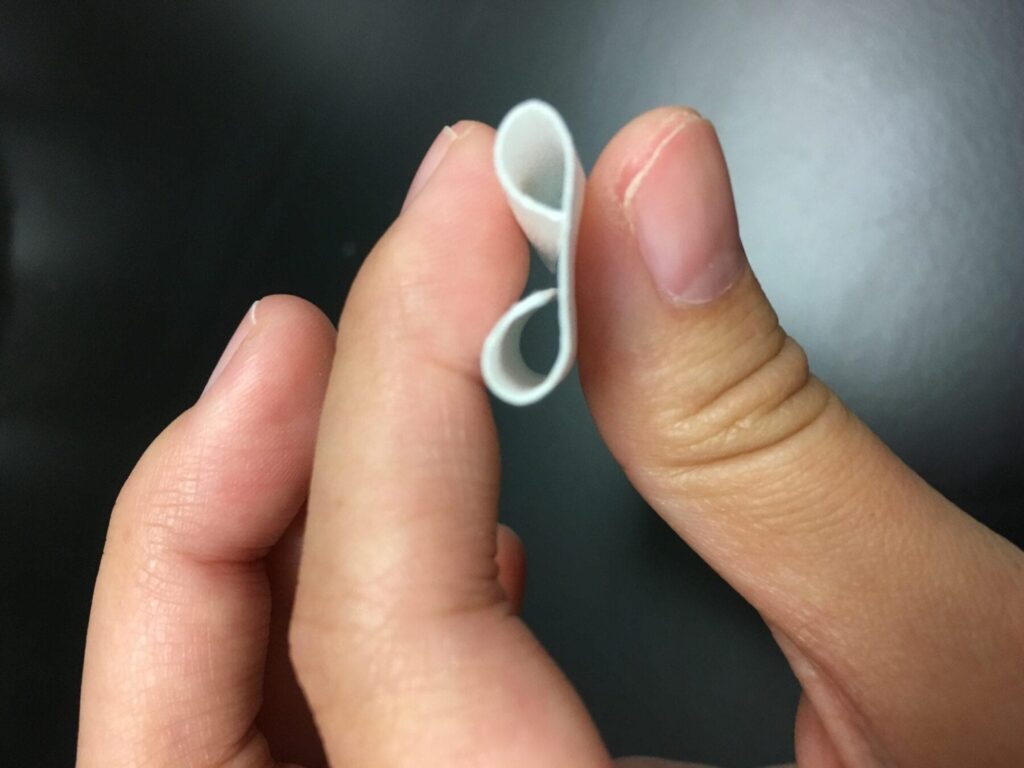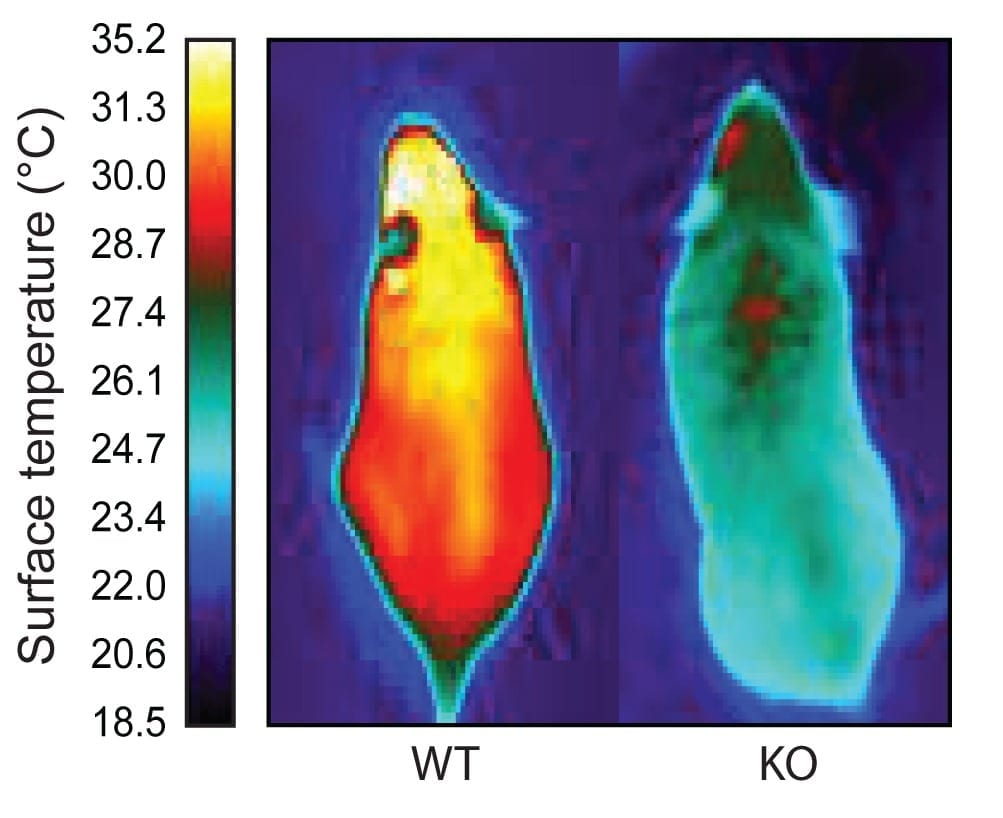
Engineers at the University of Maryland have created a new material that’s as insulating as Styrofoam, but stronger and much more environmentally friendly.
“This can insulate better than most other current thermal insulators, including Styrofoam. It is extremely promising to be used as energy efficient building materials,” said Tian Li, a postdoc student with Liangbing Hu’s group in the UMD department of materials science and engineering. She was named to Forbes Magazine’s “30 under 30” list of accomplished young adults in 2018.
Wood “conducts” heat along the channels that were used when the tree was alive to shuttle water and nutrients from roots to leaves. However, heat trying to cross the wood grain is blocked. With the wood oriented in the right direction, heat could be blocked or transmitted as the designer desires.
To test how much heat was insulated, they measured the temperature on one side of the nanowood, while on the other side of the wood, shining a light in one test and applying heat in another test. The nanowood insulated better in both cases. The wood blocked at least 10 degrees more heat than styrofoam or silica aerogel, which had been awarded the Guinness World Record for ‘best insulator’. The nanowood, which is white, also effectively reflects sunlight.
They also tried to crush it and found that, in one direction, the nanowood was 30 times stronger than commercially used thermal insulation materials such as Styrofoam, aerogel or other foams made of cellulose.
Nanowood’s tiny fibers don’t cause allergic reactions or irritate lung tissues, unlike glass or wool insulators.
The secret to the nanowood is the removal of lignin, the part that makes it brown and rigid. The team also removed some of the short fibers that tangle themselves in with the cellulose fibers that make up the scaffolding-like base structure of the wood. The aligned cellulose fibers then bond with each other and results in a high mechanical strength.
The team in the US was assisted by Lars Wågberg of the KTH Royal Institute of Technology, in Stockholm, Sweden. This member of the Wallenberg Wood Science Centre helped analyze the behavior of cellulose fibers in the nanowood.
“My research program experiments with nature’s nanotechnology that we see in wood,” said Liangbing Hu, an associate professor in the department of materials science and engineering at the University of Maryland, a member of the Maryland Energy Innovation Institute, and a member of the Maryland NanoCenter. “We are reinventing ways to use wood that could be useful in constructing energy efficient and environmentally friendly homes.” These wood-based nanotechnologies are being commercialized through Inventwood, a UMD spinoff company of Hu’s research group.
Learn more: Sturdy Insulator Made of Wood
The Latest on: Nanowood
[google_news title=”” keyword=”Nanowood” num_posts=”10″ blurb_length=”0″ show_thumb=”left”]
via Google News
The Latest on: Nanowood
- DE10-Nanoon May 17, 2024 at 5:00 pm
If you are working with AC circuits a vector network analyzer (VNA) is quite handy. As an entry to the InnovateFPGA competition for students, [Evgenii Vostrikov], [Danila Nikiforovskii], and ...
- How to Waterproof Wood: 3 Ways That Workon May 17, 2024 at 2:07 pm
Some of the most gorgeous, long-lasting pieces of furniture, cabinetry, and trim work are crafted from wood, the world’s oldest and best-loved building material. Without the proper knowledge of ...
- Nanomedicine articles from across Nature Portfolioon May 14, 2024 at 5:00 pm
Nanomedicine is a branch of medicine that applies the knowledge and tools of nanotechnology to the prevention and treatment of disease. Nanomedicine involves the use of nanoscale materials, such ...
- How to Sand Woodon May 14, 2024 at 12:33 pm
Sanding is often the unsung step of any project with wood. It can take a long time, and the results are subtle: Sanding does not transform your workpiece in the way that cutting it to size does ...
- Nanoparticles articles from across Nature Portfolioon May 12, 2024 at 5:00 pm
Nanoparticles are particles that exist on a nanometre scale (i.e., below 100 nm in at least one dimension). They can possess physical properties such as uniformity, conductance or special optical ...
- Wood Stain Buying Guideon May 12, 2024 at 5:00 pm
Wood stain adds a layer of beauty and protection to decks, fences, and exterior doors. And staining wood is a perfectly doable DIY project. But just because you can take on the task yourself doesn ...
- What is nano-texture glass and do I need it?on May 7, 2024 at 1:15 am
On some Apple products, including the Apple Studio Display and M4 iPad Pro, a feature called nano-texture glass is available. This is something that was first introduced on the incredibly ...
- Building climate-resilient citieson November 9, 2023 at 12:07 pm
University of Maryland researchers have invented another sustainable option for mid-rise apartment buildings: strong, insulating “nanowood” made by removing lignin and compressing the wood.
via Bing News











